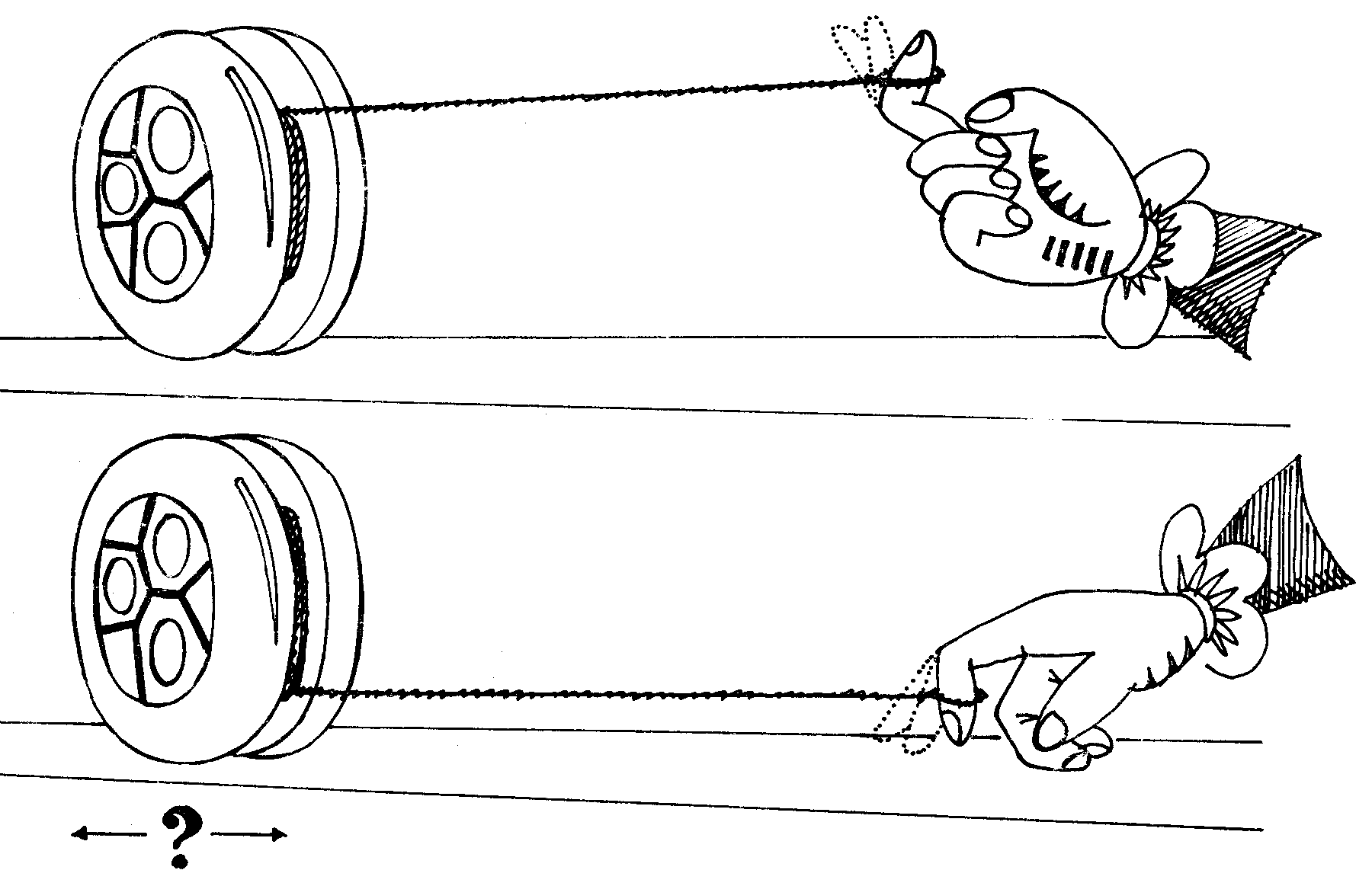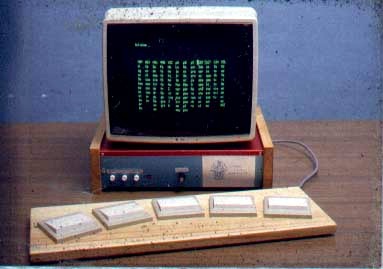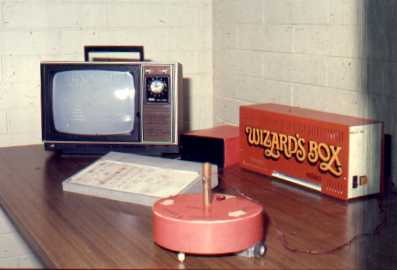Early morning, with my cousin in tow, I collected a couple of friends, and set across the bridge in the Morris Minor.

But how to get to the top of the arch? There to cavort
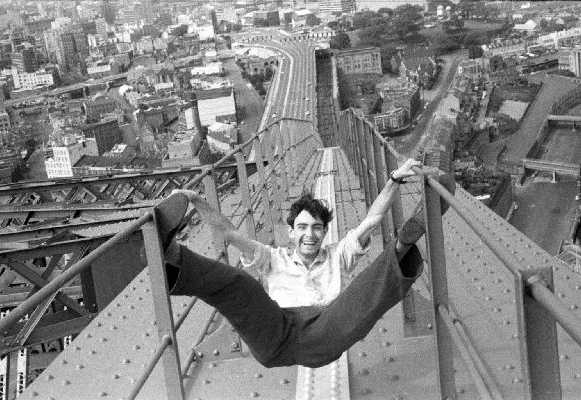
and take in the view.
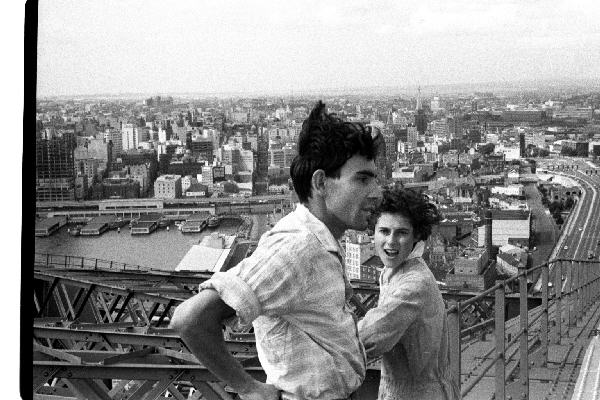
As to getting onto the arch: the direct route was blocked by a locked gate, about which was erected a barrier in the shape of a rising sun -- the Department of Main roads seemed to think every day was Anzac Day.
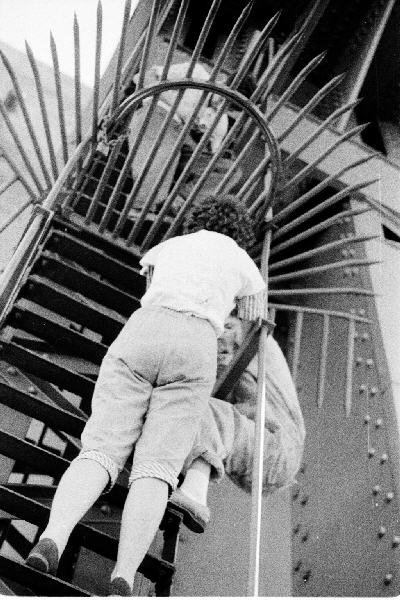

But then it was really easy.
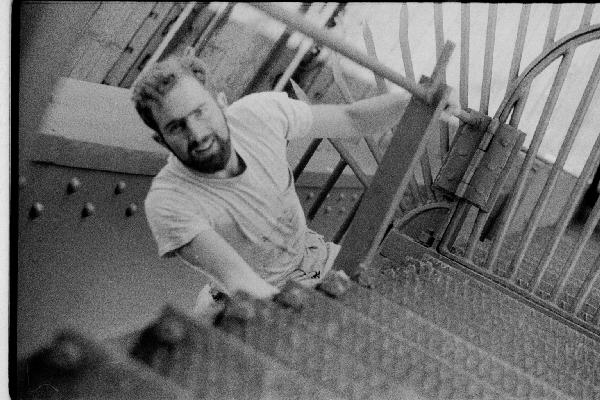
From the arch we watched ships passing underneath
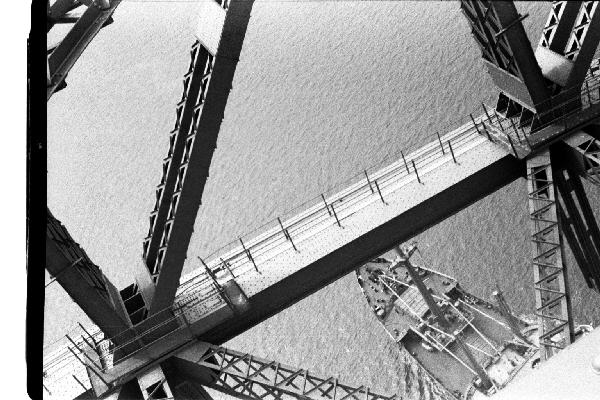
and
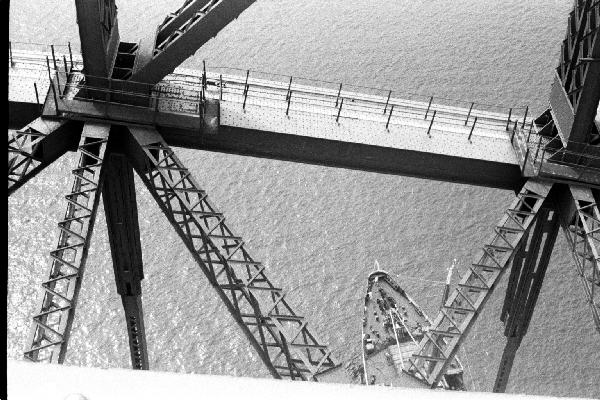
and clambered over both arches and the painting cranes.
On the very top of the arch, there is a tower to climb.
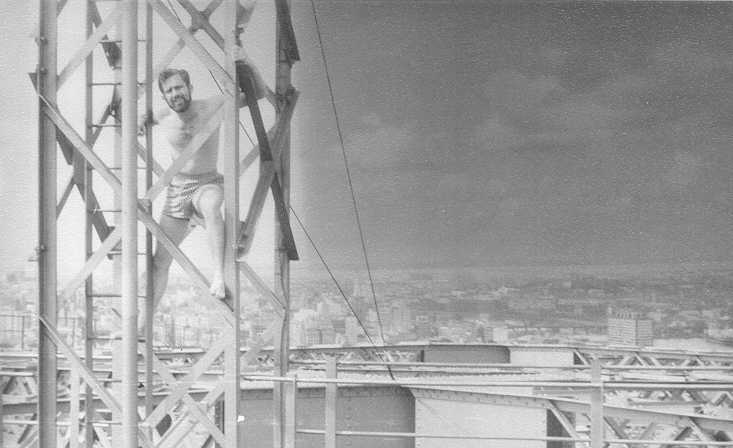
Stepping from the arch onto the painters travelling plank, it paid to look at the camera rather than at the gap below one's feet.
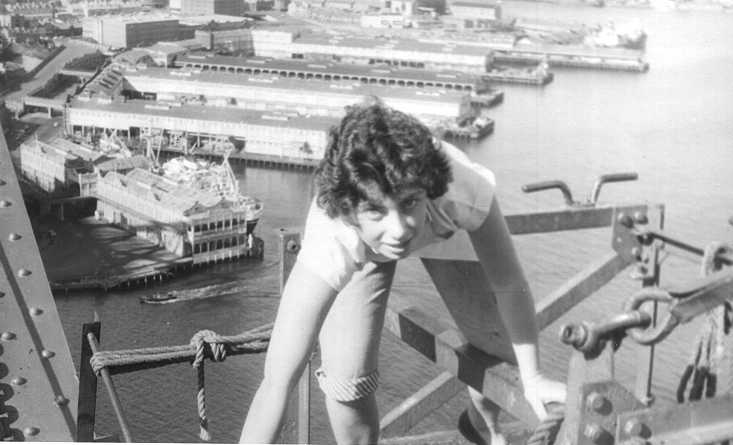
In the background are the wharves to the west of the Harbour Bridge.
And after all that clambering about, time to dive in for a swim near Luna Park.
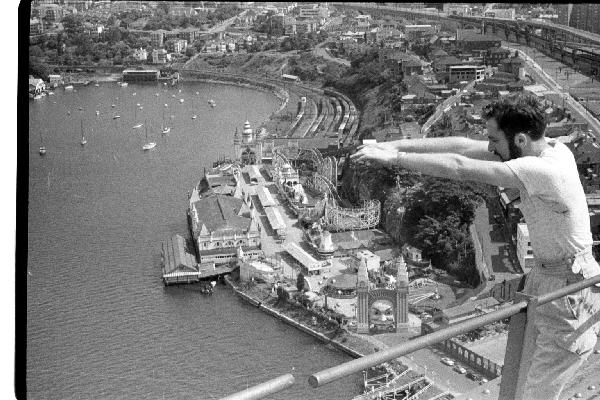
or maybe a ferry ride to Manly.
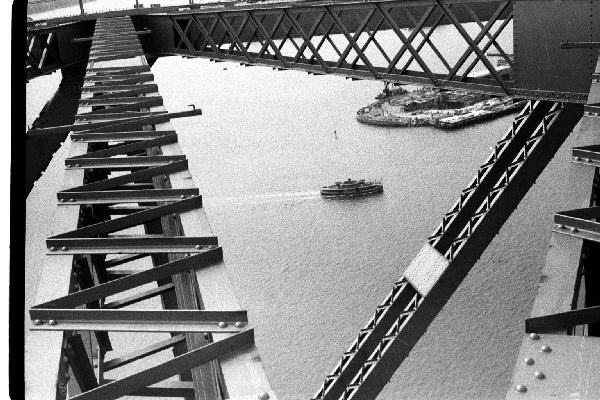
But what's that east of the ferry -- its Benelong Point -- but no sails.
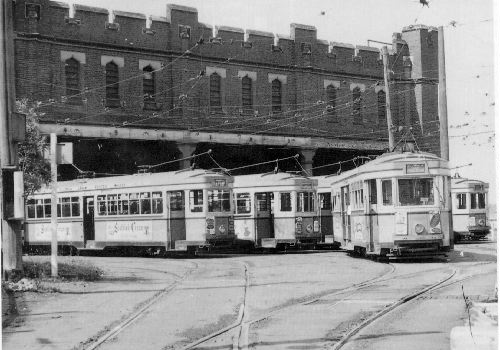
Benelong Point had for many years been the locale of a key city tram depot -- which was demolished to start construction of the Opera House. The last tram actually ran during 1961. The Opera House was finally completed in 1973.
This arch trip was the only such trip I lead in daylight -- all other arch trips were done at night. It was just a private trip. But later on in the same year I organised an evening arch tour for all the interested delegates to a university student conference -- that of the National Science Faculty Association, Undoubtedly the first organised arch tour.
DISCLAIMER: Since this era security cameras have been installed everywhere on the bridge. And Police comms are much improved. So don't even think of copying this action. Just pay your $$$ to the tourist operator.
